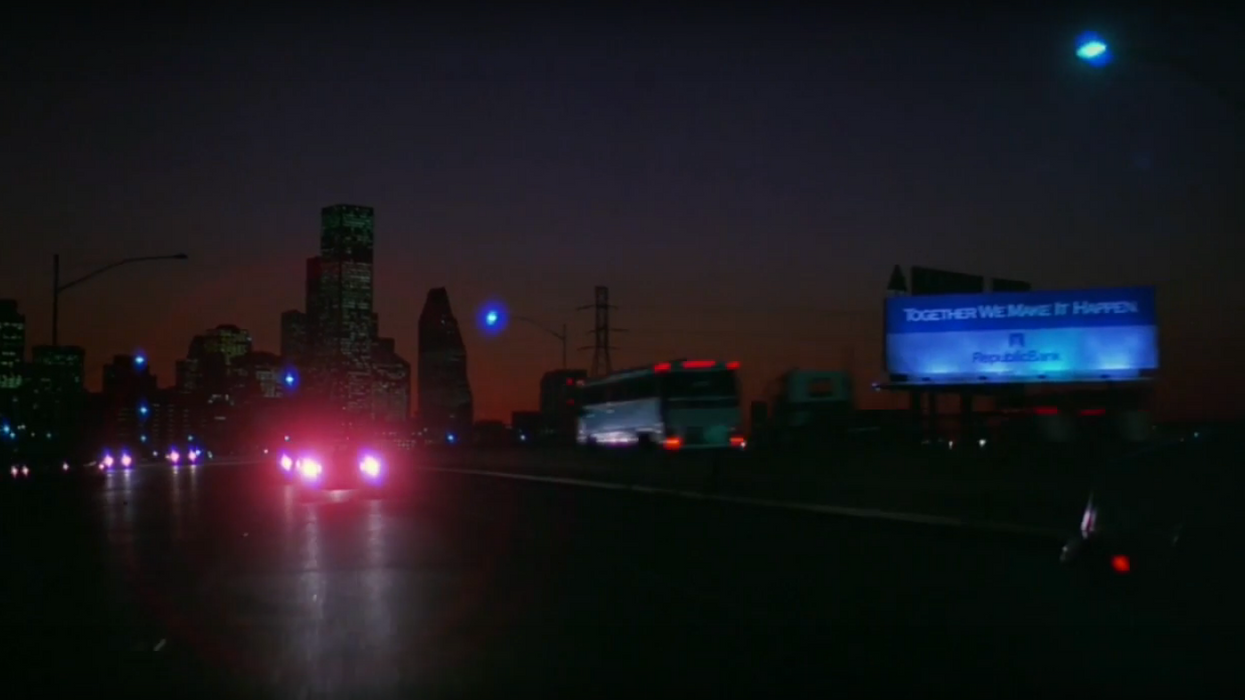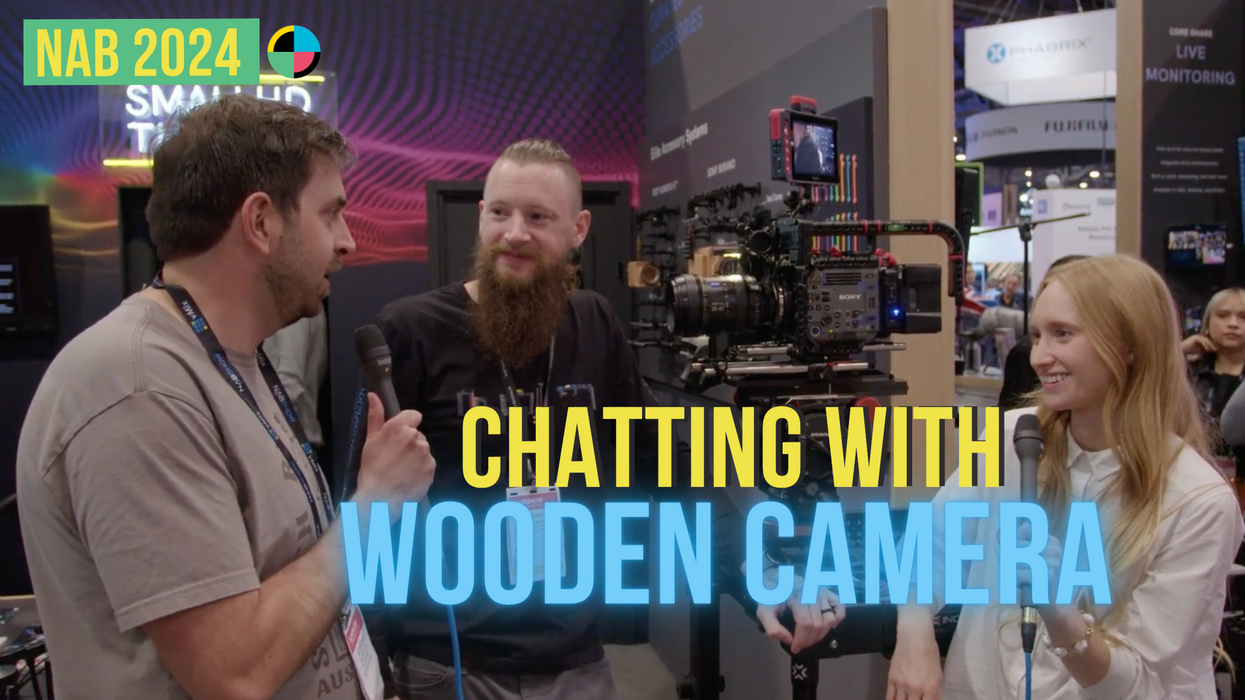Los Angeles Through the Eyes of Dutch Cinematographer Robby Müller
No one was more uniquely suited to capture the spotted beauty that was L.A. in the 80s than Dutch DP Robby Müller.

When people think about Los Angeles today they tend to think about the glitz and glamour of Hollywood—celebrities and paparazzi and hipsters and the Chateau Marmont and dreams coming true. Even recent films and TV shows that are set in the city capture this aesthetic, like The Hills, Entourage, La La Land, and yes, Beverly Hills Chihuahua.
But L.A. wasn't always this pretty. Back in the 80s, it beat out Chicago to become the second most populated city in the U.S., and with the influx of people came an influx of crime, poverty, and violence. It was an interesting time for filmmakers who decided to use the city as the backdrop of their films, and one cinematographer that rose to the challenge was Robby Müller.
In this Fandor video essay, Philip Brubaker highlights some of the techniques the talented DP used in films like To Live and Die in L.A., Repo Man, Barfly, and Paris, Texas to capture the essence of a beautiful, but struggling city.
One of the most striking things about Müller's work is that, while it's beautiful, it's also bleak. It's colorful, but artificial. It's alive, but sickly. This is because Müller, along with the directors he collaborated with, were trying to seek something other than mere aesthetic pleasure. Sareesh Sudhakarran of wolfcrow said it best in his video essay, "They were more concerned with discovering the poetry and mood of a scene than making things look pretty."
I would even take it a step further and say that in To Live and Die in L.A., Repo Man, Barfly, and Paris, Texas, Müller wanted to not only discover the poetry and mood of each scene, but he wanted to capture the poetry and mood of 1980s Los Angeles—a tumultuous place where to struggle and fail was grand.
And one of the ways Müller captured this pained poetry was through his use of color. He was especially fond of reds, greens, and any kind of artificial lights, namely neon. However, he wasn't shooting scenes in verdant green fields or red candlelit dinners. He was shooting a man drinking himself to death underneath a red neon bar sign. He was shooting the endless journey of an L.A. commuter winding and twisting through the city's gauntlet of freeways and ramps.
Müller can teach you so much about the art of cinematography, but perhaps the most valuable lesson you can glean from him is that beauty and meaning can be found everywhere if you just look for it. With police brutality, race wars, and rioting, L.A. might've been a problem area that no one in the U.S. wanted to pay any attention to in the 80s, but Müller and other DPs like him managed to find value and a strange kind of loveliness in the City of Angels.
Source: Fandor Keyframe












